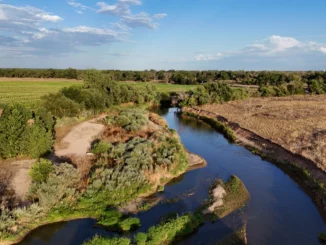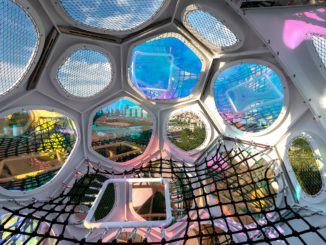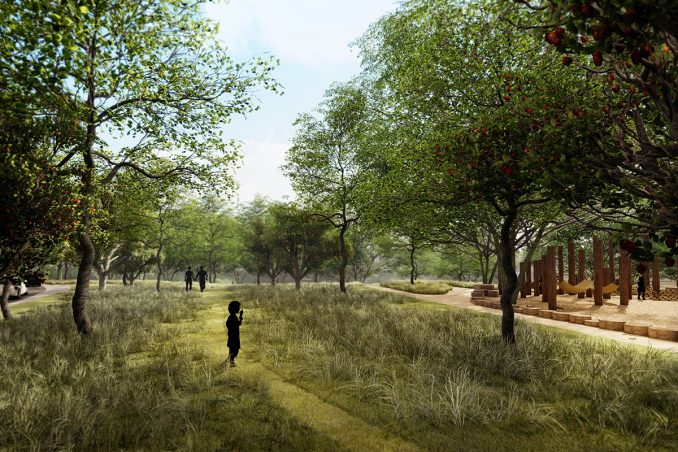
Lady Bird Lake, a reservoir on the Colorado River that weaves through the urban center of Austin, is the quintessential recreational resource for the city. Central Texans are known for their love of spending hot days floating on the water, and the lake is a favorite destination for rowing, paddle boarding, and kayaking for residents and visitors alike. A 10-mile hike and bike trail encircles the majority of the lake, connecting the urban core with surrounding neighborhoods, cultural and recreational destinations, and popular public open spaces.
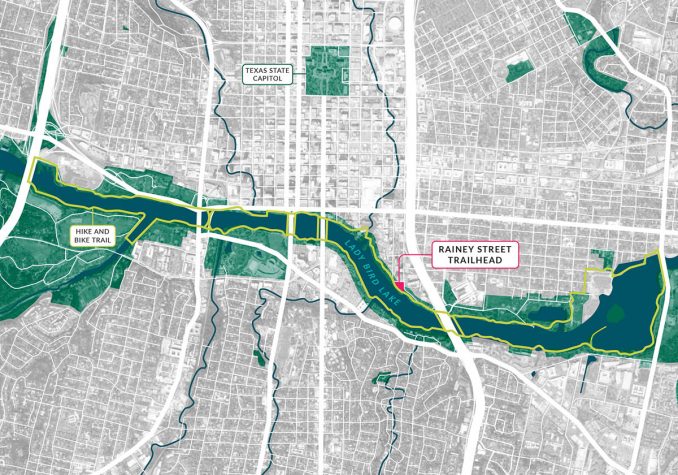
Located within Austin’s fastest developing neighborhood, the addition of Rainey Street Trailhead to the lake’s network of public spaces will be a critical outdoor resource for thousands of downtown residents. Working closely with The Trail Foundation (a non-profit formed to protect and enhance the lake’s trail system), the design team engaged the local community to define the park’s goals. This public input established three key goals for the project: introduce water access, provide for play, and repair the site’s ecological health.
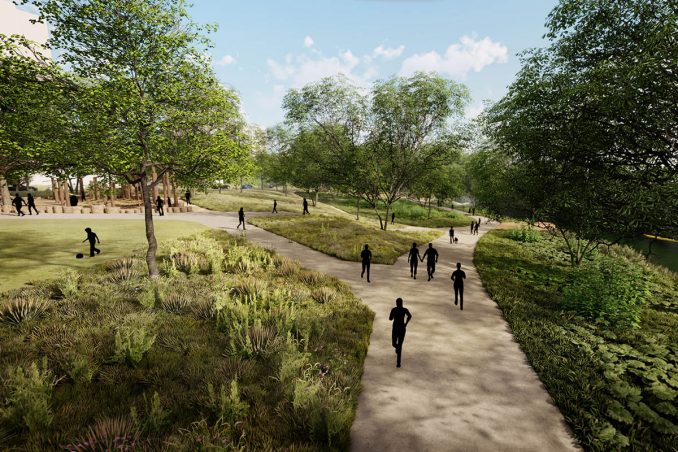
Although the trails around the lake are extensive, formal shoreline access is limited to just a handful of locations along its length. This redesigned park space will provide a new water access point, allowing residents and visitors to enter or leave the site by boat, observe its wetlands and wildlife, and take in the stunning views of downtown Austin from the water. Providing a clear and easy route to the lake, while primarily supporting community recreation, has the additional environmental benefit of protecting the surrounding soils and vegetation from being trampled in an attempt to reach the water.
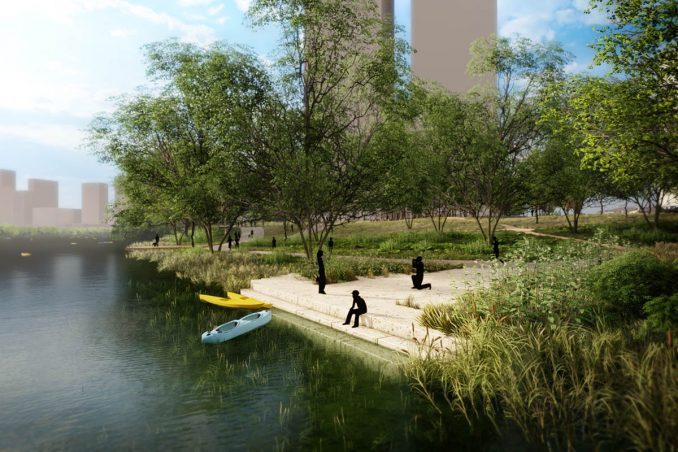
While the majority of the lake’s open spaces focus on adult recreation, Rainey Street Trailhead features the first nature play area along the hike and bike trail system. The inclusion of loose-parts-play—made from reclaimed natural materials such as logs and sticks—allows young children to develop their fine and gross motor skills while sparking their imagination. The play area further encourages children to engage with their environment through planting that promotes sensory experiences and introduces them to pollinator species.
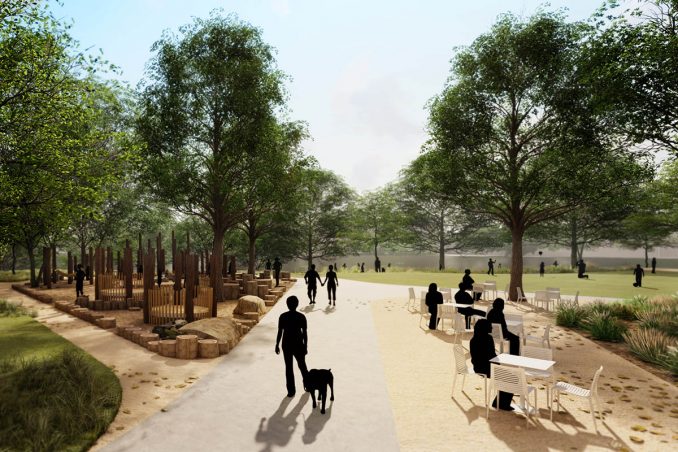
The project takes a sensitive, light-touch approach to impacting the site’s existing environment. Investing in its ecological repair involved removing invasive species, preserving and working around existing trees, reducing soil erosion along the banks, and increasing the quantity and diversity of native plants. A strong desire to restore the region’s native ecology led to a design that highlights a transect of Central Texas plant communities—from upland savanna, through riparian woodland, to wetland at the lake’s edge.
At the park’s northern end, a small plaza with picnic tables provides a community gathering space, a convenient seating spot for the grab-and-go lunch counter located in the new adjacent tower, and a picnic destination for those headed to the trail. The addition of Rainey Street Trailhead to Austin’s central green space promises to provide a space of rest, recreation, and connection for all ages, encouraging residents to engage with the urban ecology around them.
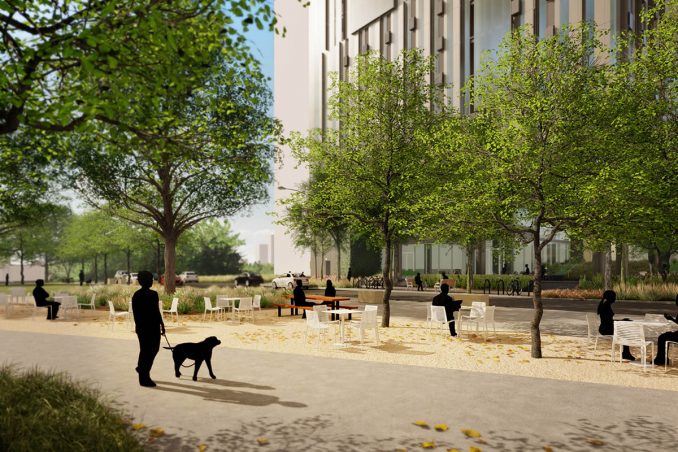
Rainey Street Trailhead
Landscape Architect | dwg.
Images | courtesy of The Trail Foundation, dwg.
Location | Austin, Texas, USA

